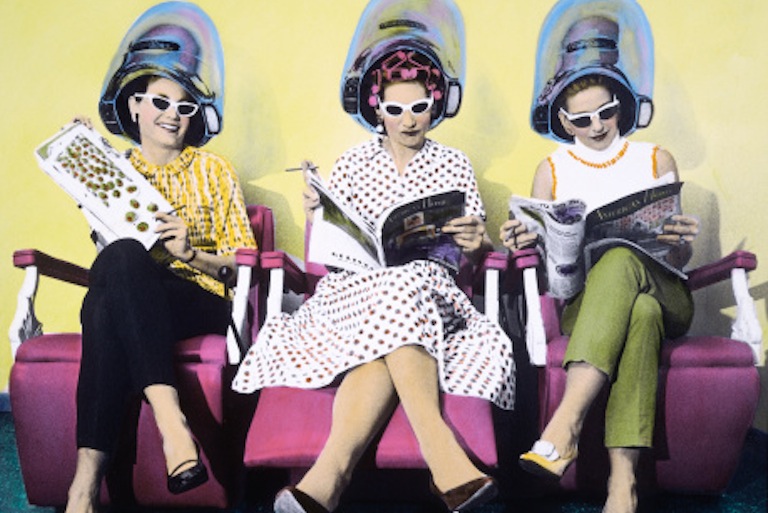Women are not comparing themselves with the thin, attractive models in the magazines they enjoy–some, at least. Instead, women are living vicariously through the thin, attractive models–engaging in “thinspiration,” according to new research from Ohio State University. Not only that, women who enjoy these magazines are actually less likely to make an effort to look more attractive, the researchers found.
“Women get the message that they can look just like the models they see in the magazines, which is not helpful,” said researcher Silvia Knobloch-Westerwick, who is professor and graduate studies director at Ohio State University ‘s School of Communication. “It makes them feel better at first, but in the long run women are buying into these thinness fantasies that just won’t come true.”
The study involved 51 female college students who participated in an online test. The women evaluated magazine articles and advertisements dominated by featured thin-ideal images accompanied by text over the course of five days.
Knobloch-Westerwick examined the data for magazine reading habits, body mass index, body satisfaction, and especially tendency to compare their own form with that of others.
The options given to the participants included statements like, “This woman is thinner than me,” and, “I would like my body to look like this woman’s body.”
Results showed that women who compared themselves to the thin models had lower satisfaction with their own body by the end of the study. They were also more likely to have reported dieting during the period of the study.
Women who reported comparing their body and feeling that they would like to look more like the models, however, had increased body satisfaction by the end of the study. This phenomena Knobloch-Westerwick dubbed “thinspiration.”
Thinspiration is a concept in which people believe that they can make themselves as attractive as the models they view.
“They felt better about their body instantly when viewing the images and related content. They weren’t thinking about what they had to do to look like these models.
“These women felt better about their own bodies because they imagined that they could look just like the models they saw in the magazines.” The women who experienced the greatest “thinspiration” from looking at magazines were the least likely to engage in weigh-loss behaviour in the real world.
The research also found that over time the women began to identify with the models more.
“They may begin to feel affiliated with the models, and start to think this person is someone like me, someone I can be friends with and emulate,” she said.
Knobloch-Westerwick’s research was unlike many other body-image studies in that it found that viewing images of more ideal beauty models lead to higher body satisfaction. Knobloch-Westerwick said she suspected that because her images were accompanied by text–unlike the simple images of beauty used in most studies–participants were influenced by positive messages about how they could look like the models.
“If they just see an image of a thin model once and have to react immediately, they may indeed have poorer body satisfaction,” she said. “But if they look at images over the course of several days, readers may begin to feel more affiliated with the models, feel more like they could be like them. That could lead them to switch from comparing themselves negatively to the models to using these models as thinspiration.”
By Cheryl Bretton
Image: Kelly Povo
